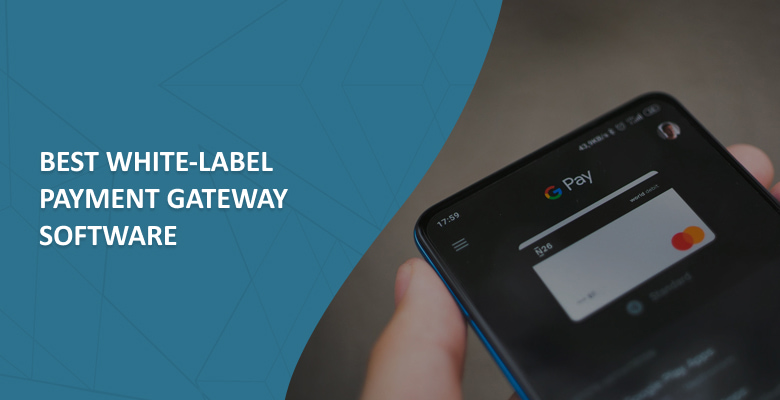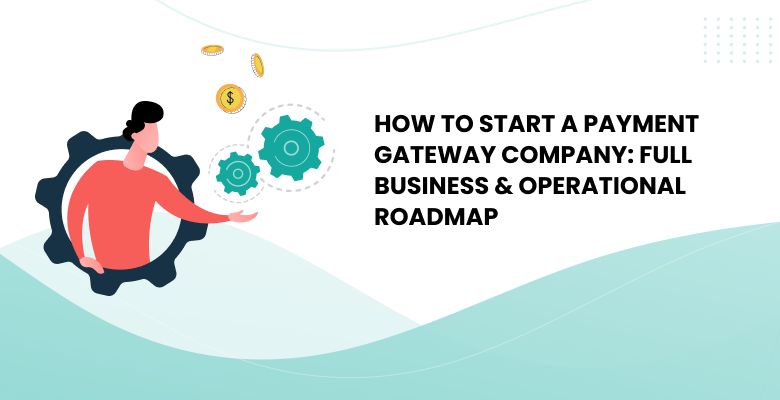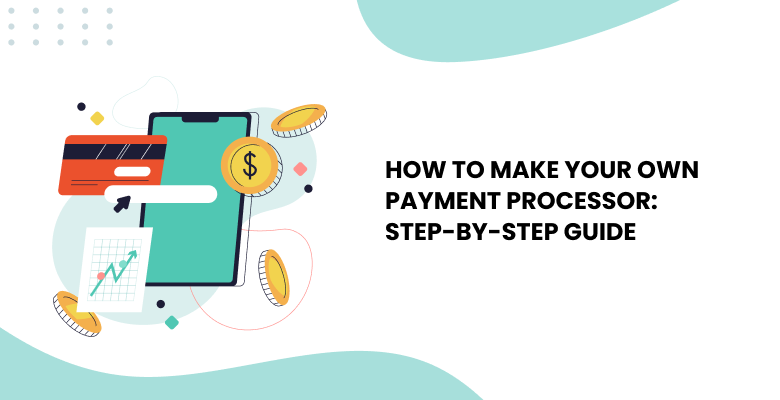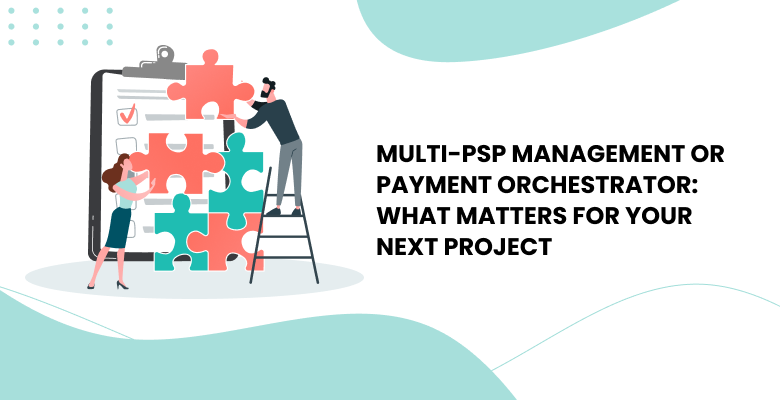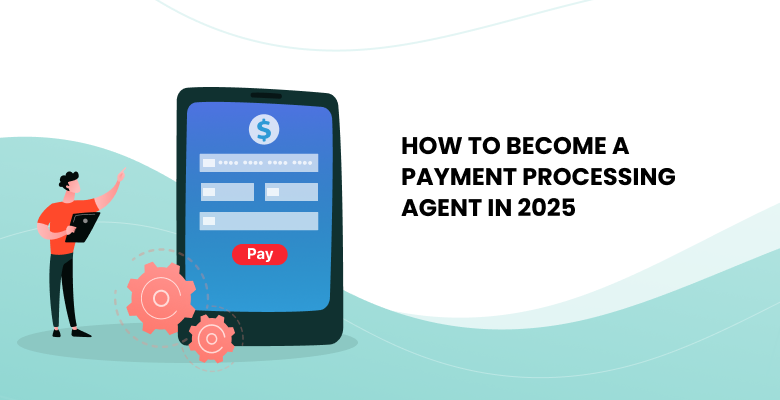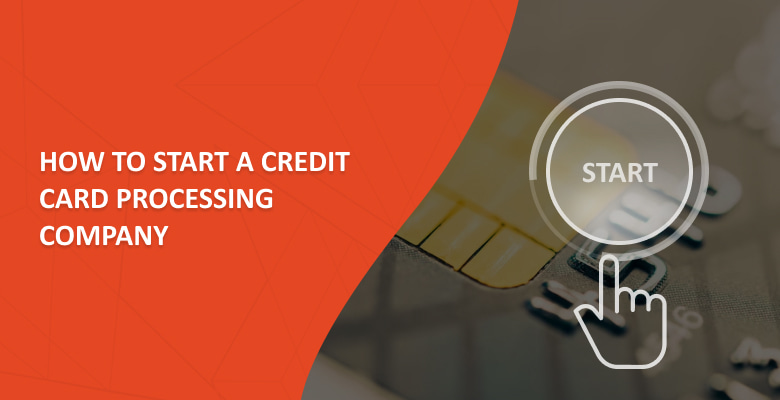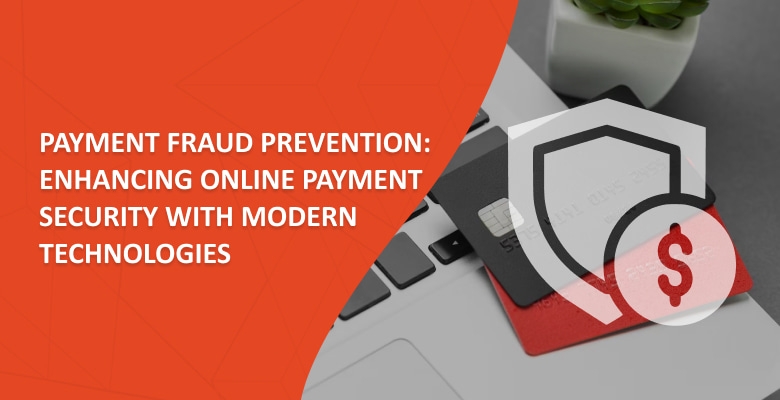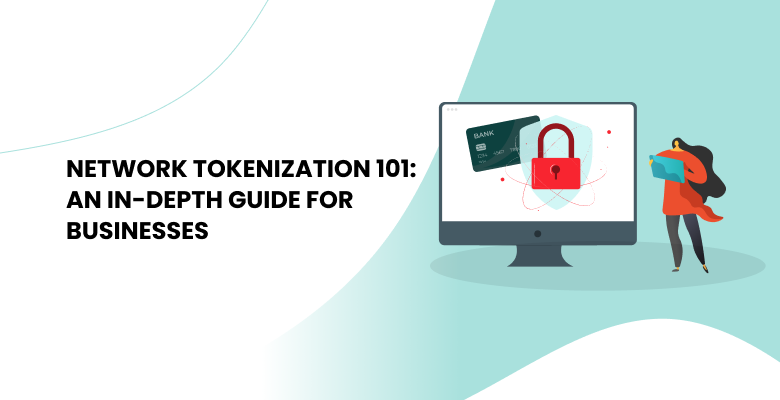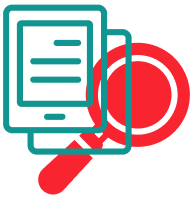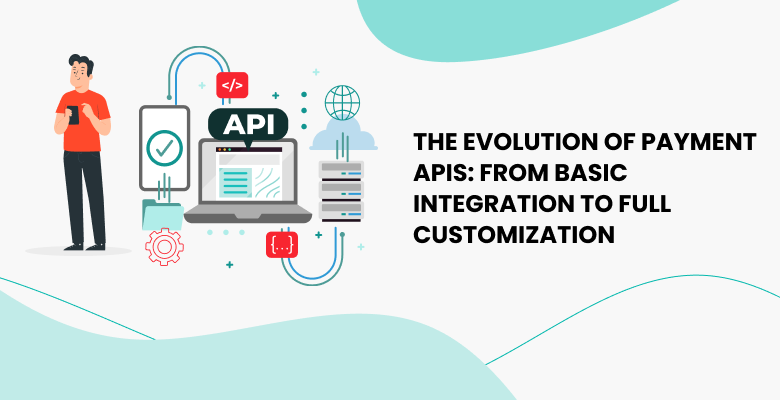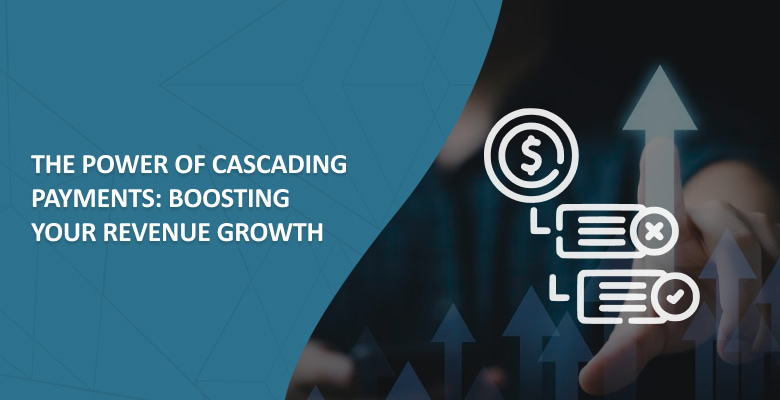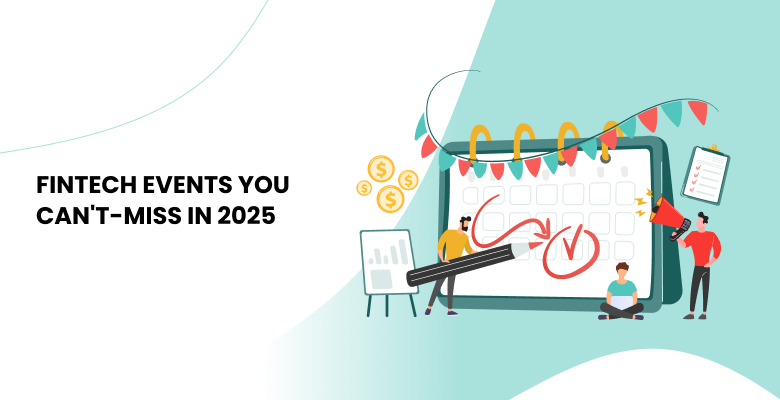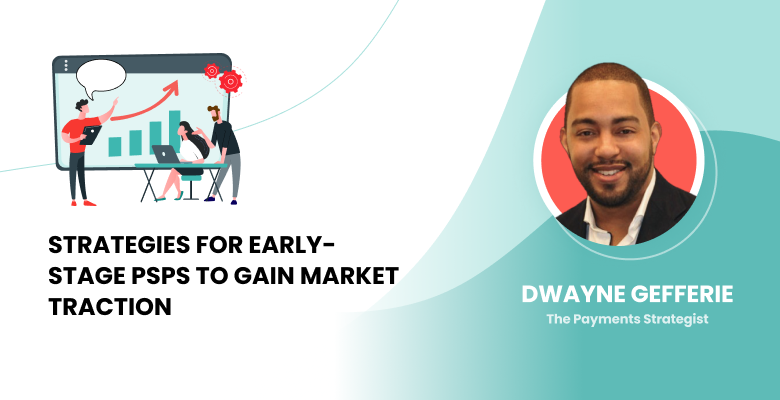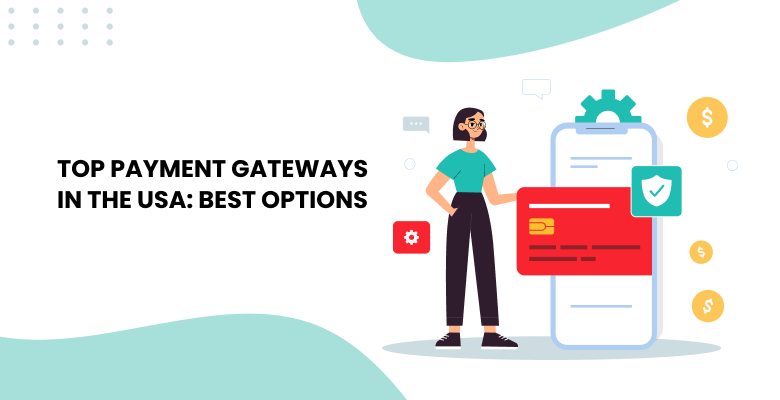Blog
Check out the newest industry updates and insights, and explore our in-depth guides.
Trending articles
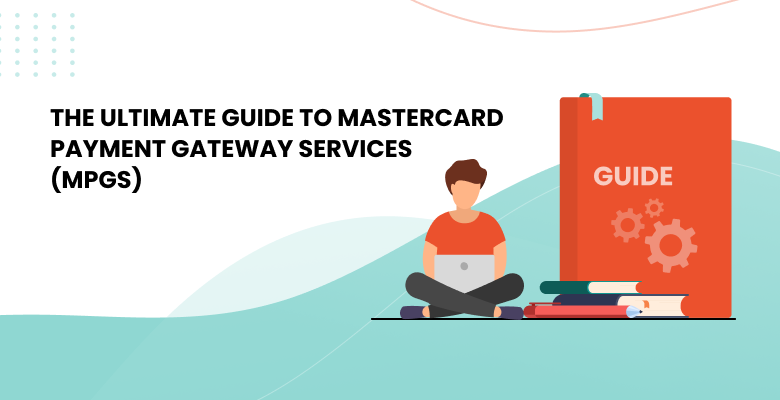
Payment Gateway Solution
View AllExplore everything you need to know about building, launching, and scaling payment gateway software. From architecture and development to integration models and white-label solutions — dive into expert insights and practical guides tailored for payment service providers and other fintechs.
Payment Orchestration Platform
View AllLearn how businesses leverage payment orchestration to boost conversion rates, integrate multiple payment methods, and cut processing costs. From foundational concepts to advanced use cases in banking, retail, and e-commerce, explore how orchestration transforms modern payment infrastructure.
PSP Business Models
View AllGet actionable insights on launching, running, and scaling a PSP. Whether you're building a white-label solution, becoming a processing agent, or navigating fraud prevention, explore step-by-step guides and expert checklists for every stage of your PSP journey.
Security & Compliance
View All
Stay compliant and secure in a fast-evolving payments landscape. Explore key topics like PCI DSS, fraud prevention, and 3DS to protect your business, ensure data integrity, and build customer trust.
Payment Technologies
View AllExplore the technology stack powering modern payments — from intelligent routing and tokenization to analytics, reconciliation, and seamless merchant onboarding. Get expert insights into optimizing the full payment lifecycle.
Industry Insights
View AllStay ahead of the curve with expert commentary, payment trends, market overviews, and regulatory updates across global fintech and payments ecosystems.
Customer Success Stories
View All
Guides
View AllStep-by-step instructions, how-tos, and actionable resources to help you build, operate, and grow your payment business with confidence.





